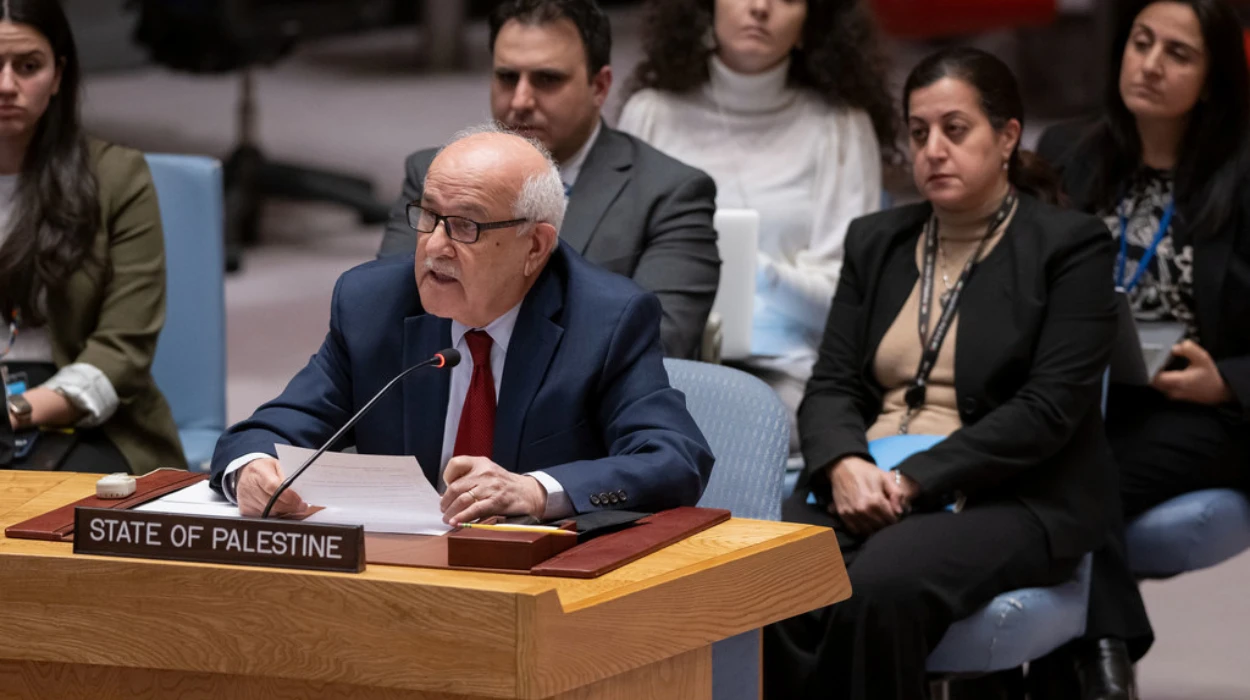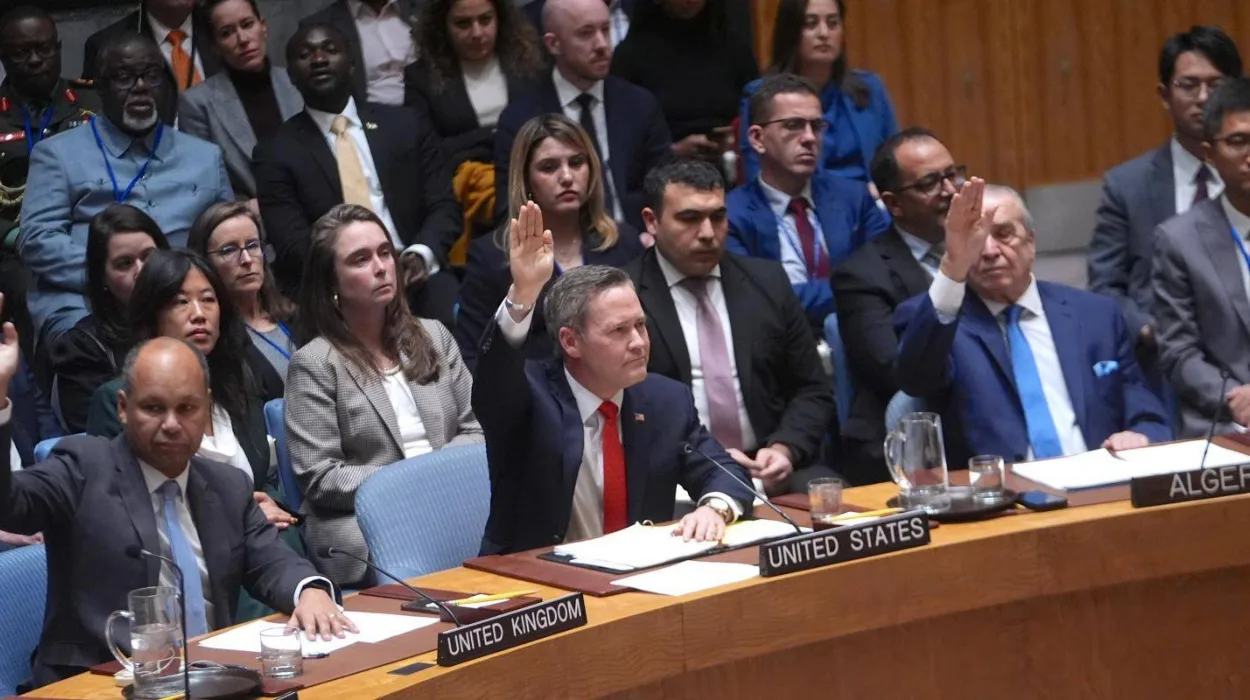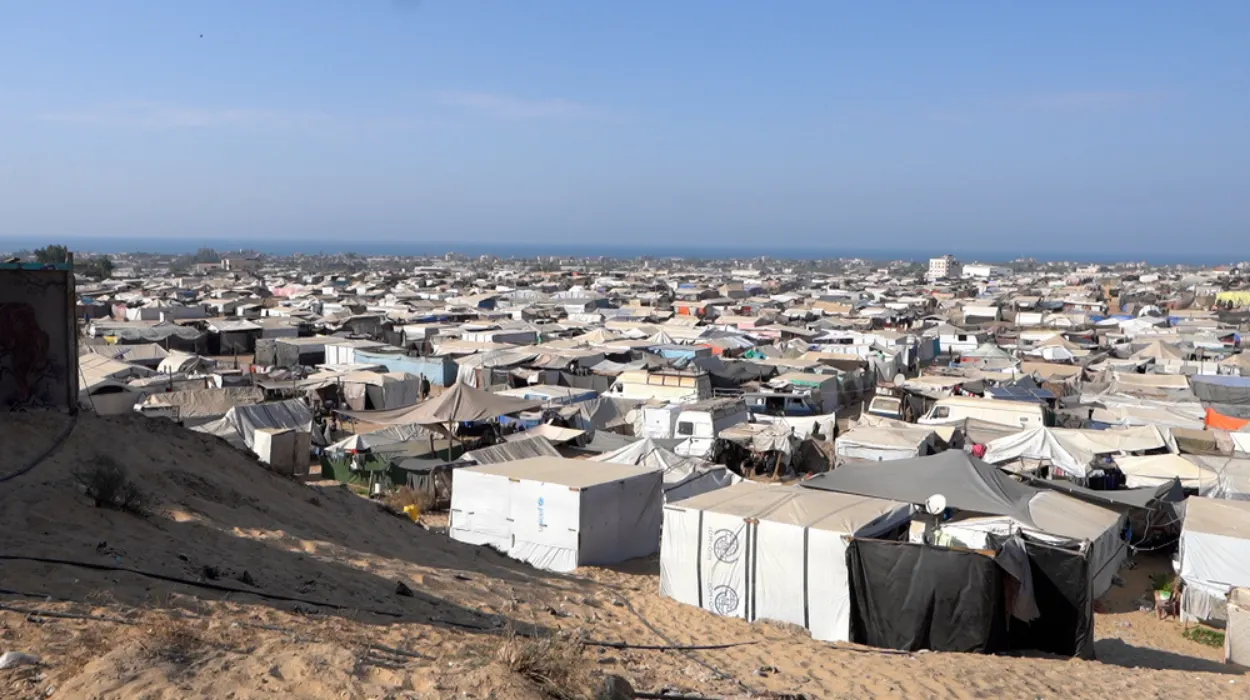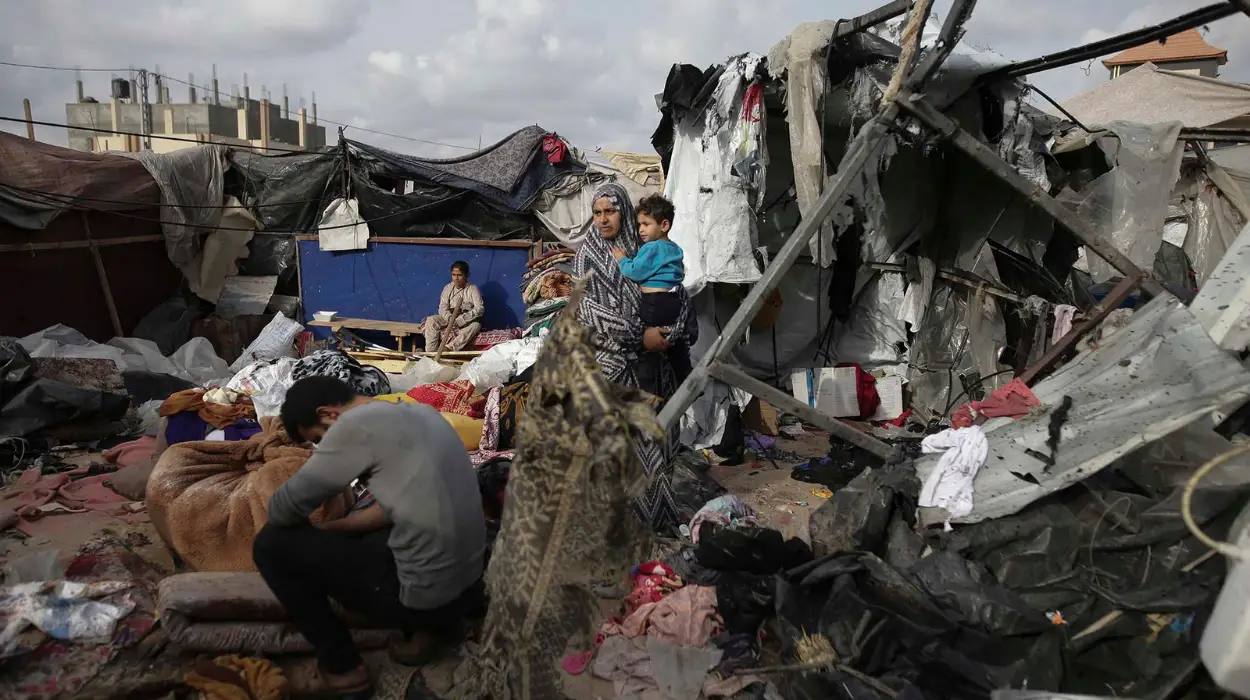Thailand and Cambodia accepted a temporary and fragile ceasefire following five days of severe warfare between the two nations over their disputable border along the north. At least 35 people lost their lives, and it led to the displacement of more than 270,000 civilians with reactions being initiated in both nations to counter the humanitarian crisis. This upsurge revived past resentments on colonial period borders and reminded the vulnerability of stability in Southeast Asia.
The deal was brokered by the Prime Minister of Malaysia Anwar Ibrahim, who was the current ASEAN, which rotates between countries, chair. The ceasefire was to start at midnight 28 July. But within hours, Thailand accused the Cambodian forces of fresh shooting, something that was quickly rejected by Cambodia. Such initial conflicts underscore the strong unpredictability when it comes to implementing ceasefire in places under contention and the challenge that fluctuates into transitions between conflict and dialogue in deeply ingrained territorial disputes.
Historical Undercurrents and Political Tensions
A Legacy of Disputed Territory
This conflict dates 100 years back to disputes over temple locations and borders using French colonialism in Indochina as a shaper of the conflict. Preah Vihear Temple is also a rather controversial area where tempers flare up periodically, despite the decisions of the International Court of Justice.
Domestic Politics as a Driver
The border conflict appears entangled with internal political calculations. In Thailand, it is claimed that the military flare-up played a role in solidifying military control and taking the attention off the escalating domestic resistance. In Cambodia, an upsurge in nationalism and possible unrest in the rural cross-border communities surrounded the government. These processes demonstrate the way national political interests can jeopardize or prolong a border conflict that becomes a hindrance to any serious struggle to settle them.
Mediation and the Role of Regional Diplomacy
ASEAN’s Diplomatic Function
This has been the first time ASEAN mediated a ceasefire, which is an indication of an expanding role in regional peace building. The chairmanship of Malaysia was effective as it created a viable platform to have engagement, with the discussions being personally handled by the Prime Minister, Anwar Ibrahim. His statement on the situation containing the ceasefire was stated publicly that it was a significant first step in de-escalation – a confirmation of pessimistic optimism and watchfulness.
Broader Strategic Involvement
The fact that the United States and China, have ambassadors in the mediation talks shows the world interest in the stability of the region in Southeast Asia. Their involvement demonstrates a wider phenomenon: wars of smaller scale are being framed by the confrontation between great powers. The presence of foreign players introduces some diplomatic consideration into it but also introduces some strategic complexity to negotiations.
Mechanisms for Implementation and Monitoring
The ceasefire agreement entails a number of practical measures that are focused at stabilising the situation. On 4 August in Cambodia, both Cambodia and Thailand reached an agreement to restore informal military-to-military contacts at the regional level, organize ASEAN-led meetings of the military attacks, and reconvene the General Border Committee (GBC). These forums have the object of lowering tensions and checking claims and handling the incidents before they flare.
The observation will be done autonomously by the ASEAN mechanisms although the strength and the perceived neutrality of those monitors will be key in success. History of violations succeeding the immediate ceasefire endorsement indicates that the implementation credibility strategy will require real time verification and reporting in a transparent manner.
Lessons on Conflict Resolution from the Cambodia-Thailand Case
Regionalism as a Platform for Peace
The case of Cambodia-Thailand ceasefire demonstrates that regional organizations that possess cultural and historical connections with conflict participants can contribute to mediation of conflicts in a different way. ASEAN, albeit being criticised frequently due to the so-called consensus-seeking attacks, was quite a successful venue as it utilised the idea of diplomacy instead of applying pressure. Neutrality under the bloc has remained as one of the highly powerful tools in quelling intra- regional tensions.
The ceasefire was a joint effort of internal and external parties, and such an approach demonstrates the usefulness of an inclusive dialogue framework. This model would be educational to other territories that are dealing with bilateral territorial disputes.
Verification Remains a Critical Weak Link
Early allegations of ceasefire violations by Thailand, which Cambodia vowed to refute even though both sides have accused each other of fighting, highlight the challenges of trying to make sure sides abide by the ceasefire in a demographic area that was not well-demarcated and where there were not many third party forces to monitor and confirm events. Such agreements are only sustainable with institutionalized checking/grievance processes, and with the persuasiveness of the respective parties to shun incitement.
The weakest area of ASEAN is in its enforcement capability. Its political legitimacy in the region is quite high, but the instruments of the bloc in field-level monitoring and enforcing are not enough compared to those of the African Union or some other organizations, such as the European Union.
Domestic Narratives and Sustainable Peace
Domestic political agenda can only be highlighted enough as a factor that drives or stands against peace efforts. The Cambodia-Thailand case illustrates that a ceasefire accord has to be taken along with the internal political strategies, which solve the cause of the nationalism and militarization in a country. The possibility of manifesting hostilities once again is imminent unless these internal tensions are eliminated.
The two nations will have to lure the civil society, local leaders, and national institutions to dialogue with the purpose of reconciliation and historical education so that to prevent the recurrence of emotionally-charged militarized conflicts.
Implications for Future Border Conflicts and Regional Security
Fragility Amid Displacement and Economic Loss
The social-economic impacts are the displacement of more than a quarter million citizens and interference with trade and services between countries. These implications add vulnerability in the case of the border communities that were already economically marginalized. The government and the humanitarian agencies should work together in reinstating livelihoods and safe returns.
A stable economy is considered to be a foundation of peace. Unless the local trade, jobs, and services are returned promptly, tensions are likely to reach a new peak, especially when the borders are still under pronouncement of heightened surveillance and when people are highly emotionally charged.
Strategic External Engagement
Both the United States and China being present in the negotiations indicate the obligation of the global community on fault lines of Southeast Asia. Although their participation creates leverage in terms of securing pledges and investments, it may be feared that there is a geopolitical competition that governs the local attempts to make peace.
Strength that lies in between regional ownership and international support is not an easy matter. Too much external interference may weaken the validity of agreements and too little attention may leave ASEAN without diplomatic support and logistical help in ensuring sustainable peace.
This person has spoken on the topic: Analyst Mario Nawfal emphasized that
“The Cambodia-Thailand ceasefire highlights the intricate dance between regional diplomacy and national interests, underscoring the need for continued multilateral engagement and credible monitoring to sustain peace.”
Evolving Models of Regional Peacebuilding
The Cambodia-Thailand ceasefire will remain a case study for the evolving role of regional diplomacy in conflict resolution. It demonstrates the importance of layered negotiation, political will, and external mediation in tackling complex disputes shaped by history, identity, and power. While its outcome remains uncertain, it signals the possibility of managing localized conflicts without resorting to prolonged violence—if institutions are responsive, and actors are willing to engage beyond the battlefield.
As the region moves forward, ASEAN’s ability to replicate and expand this model may prove critical in shaping the future security architecture of Southeast Asia. The lessons learned from this ceasefire will likely influence how the bloc prepares for the next crisis—and whether it can institutionalize peacebuilding in a way that endures beyond a temporary halt in hostilities.









